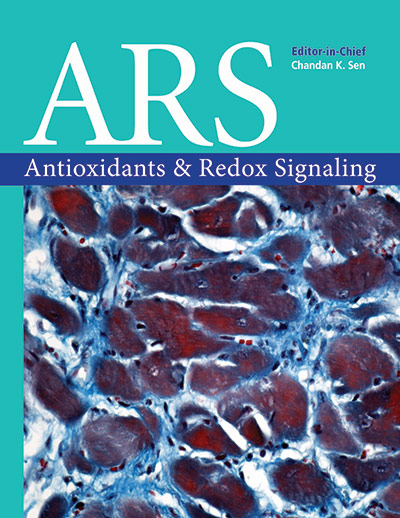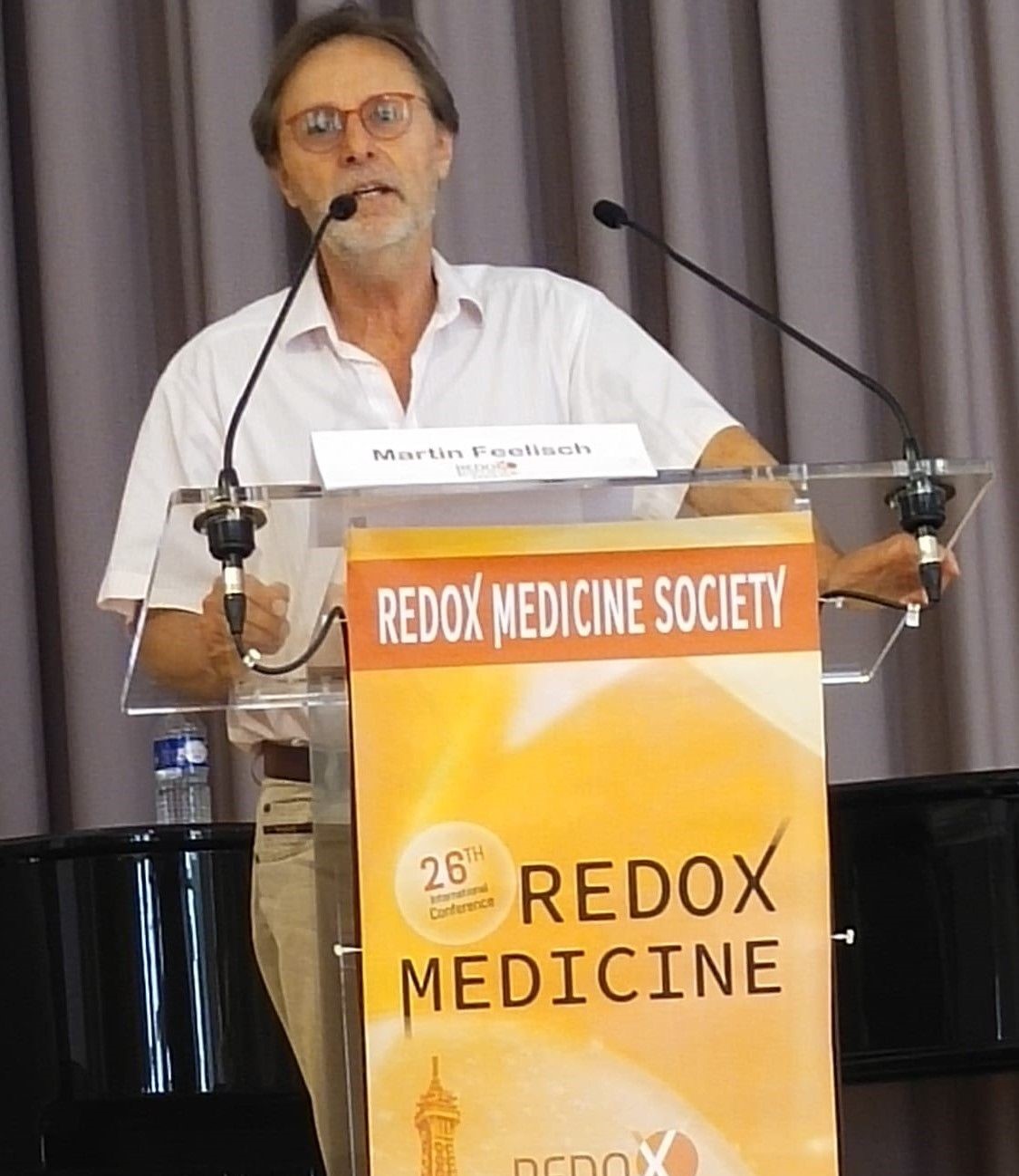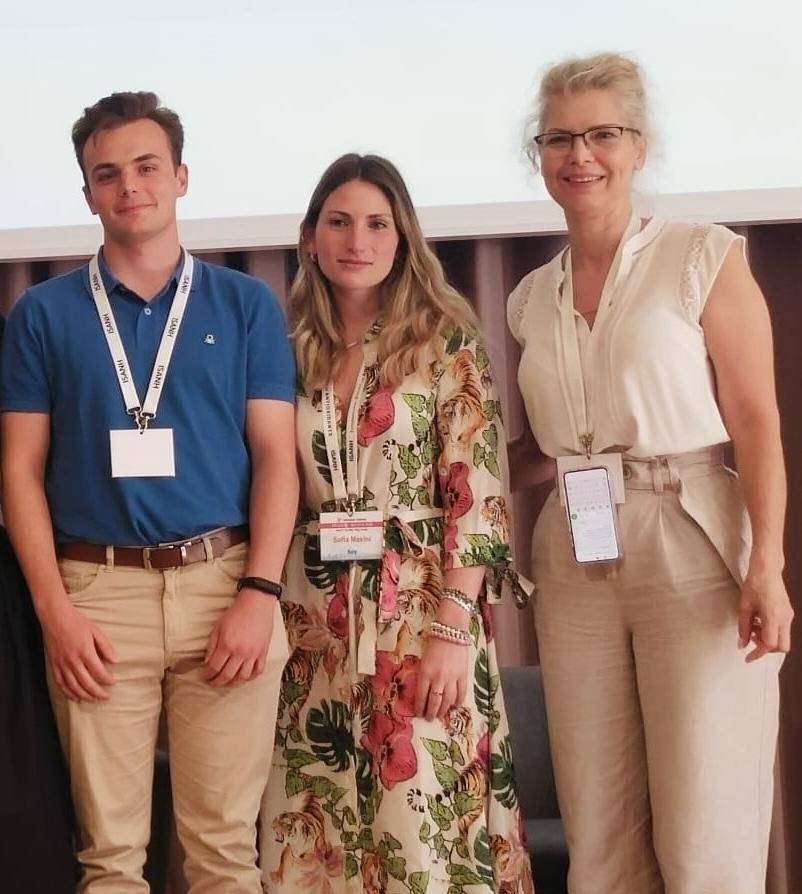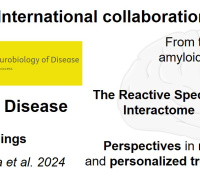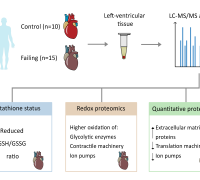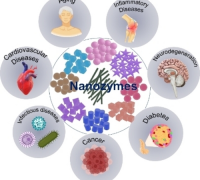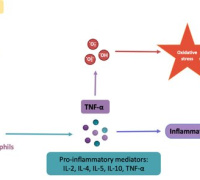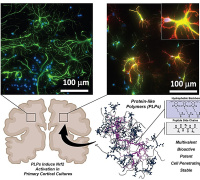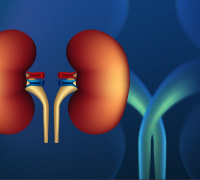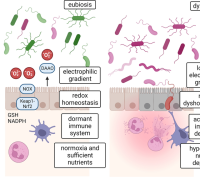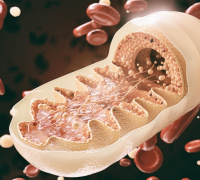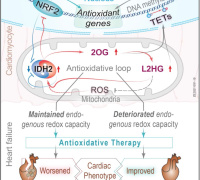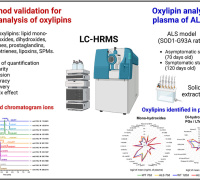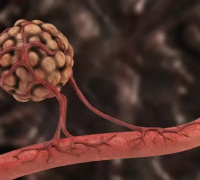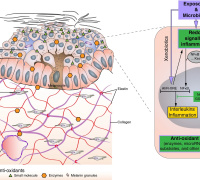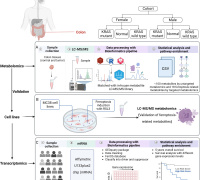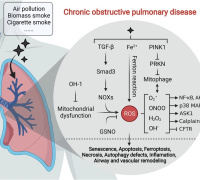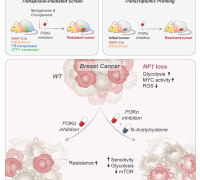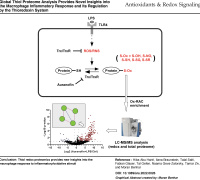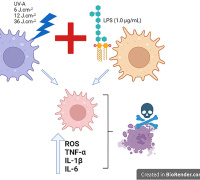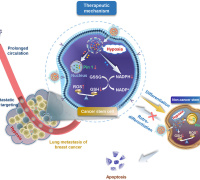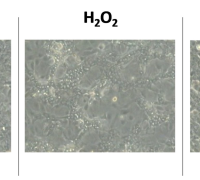New Details on a Form of Cell Death Discovered at Columbia

Illustration of the endoplasmic reticulum of a cell undergoing ferroptosis. Ilustration by Nicoletta Barolini.
News Release, Redox Medicine 2023 , France – February 13, 2023
A paper published Monday in Nature Chemical Biology offers new details on ferroptosis, a form of cell death discovered ten years ago at Columbia that offers promise for treating life-threatening diseases like cancer.
The paper, “Identification of Essential Sites of Lipid Peroxidation in Ferroptosis,” for the first time identifies that in ferroptosis, cell death is driven by a collapse of the lipids within the endoplasmic reticulum, a structure that surrounds a cell’s nucleus. When the lipids that partially make up the endoplasmic reticulum combine with oxygen, the research finds, it causes the membrane to come apart, eventually causing the cell’s collapse. While scientists have speculated that many different parts of the cell could be critical in ferroptosis, this research highlight the central importance of the endoplasmic reticulum. The finding could help scientists design better, more targeted therapeutics that induce or stop ferroptosis in order to treat life-threatening illnesses like cancer.
The research was led by Professor Brent Stockwell and Professor Wei Min’s labs at Columbia and Keith Woerpel’s lab at New York University.
“This research is another important step forward in our understanding of the mechanics of how this form of cell death works, helping illuminate how we can harness ferroptosis to save lives,” Stockwell said.
Stockwell first identified ferroptosis as a distinct form of cell death in 2012, more than a decade after he observed certain tumor cells that, when treated with a specific chemical, were dying differently than most cells die. Rather than forming blisters known as blebs, and then having their nucleus collapse, these cells appeared to be dying primarily because their lipid layers were collapsing.
Since Stockwell first discovered ferroptosis, he and many other researchers have continued to study it. They have identified that ferroptosis can occur in healthy contexts, as a way that hardy cells self-destruct once they’ve aged, as well as in pathological contexts, when normal cells die before they should. It’s the latter context that makes ferroptosis promising for treating disease: being able to deliberately induce ferroptosis could help stop the rampant growth of certain tumor cells. And better understanding why ferroptosis occurs in neurological diseases like Huntington’s, Parkinson’s, Alzheimer’s and Lou Gehrig’s diseases could also help scientists learn how to stop ferroptosis when it should not be occurring.
#RedoxMedicine2023 will keep you updated about the latest redox biology updates and discoveries. Submit a related abstract.
Media Contact:
Redox Medicine Society
This email address is being protected from spambots. You need JavaScript enabled to view it.
Redox Medicine 2023 Congress
June 21-23, 2023 - Paris, France
Website | LinkedIn | Facebook





